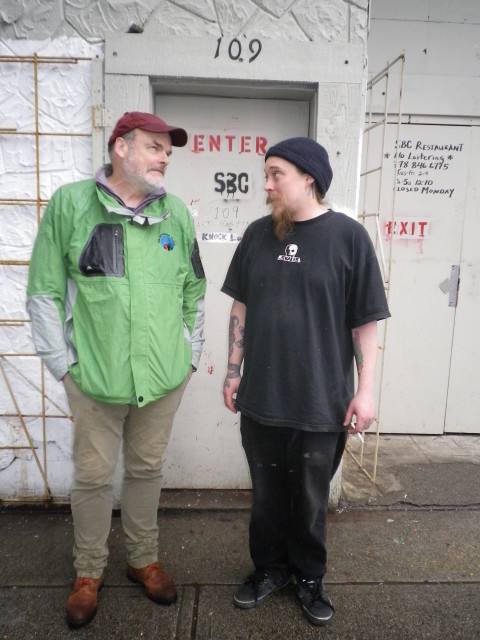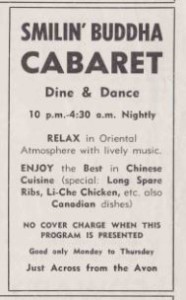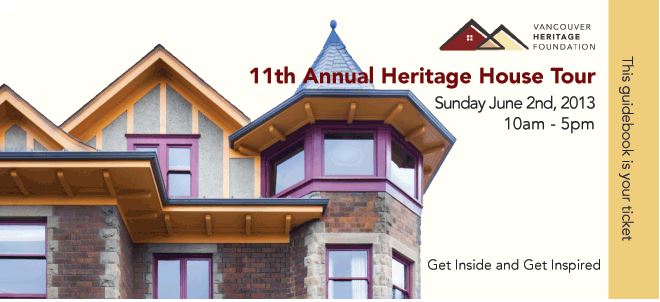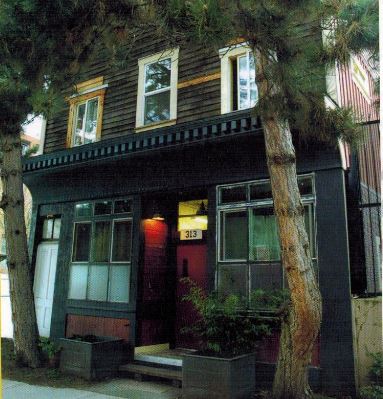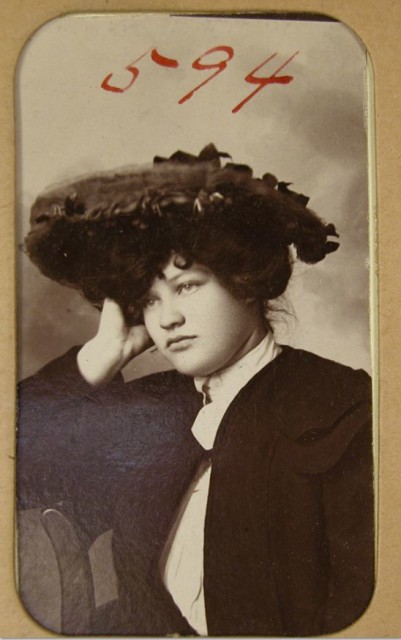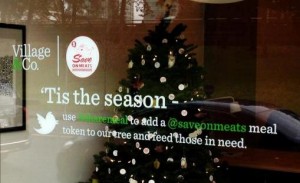A couple of weeks ago I was lucky enough to get in on a tour exploring several DTES buildings with Judy Graves, Tom Carter and John Atkin. Judy spent decades advocating for the homeless, and this is her stamping ground. Tom lives and paints from his downtown loft, and John lives in Strathcona, so I’m the only one from the ‘burbs (and with a driver’s licence as it turns out.)
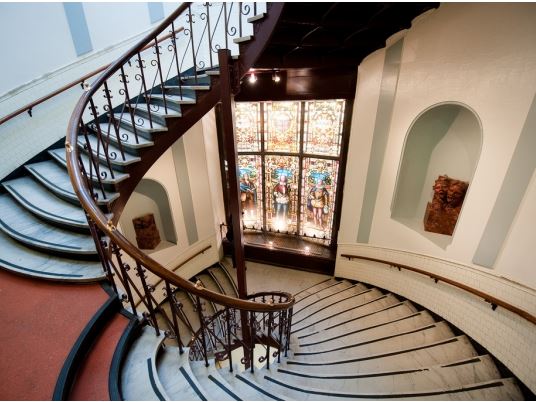
We started at the Carnegie Community Centre, which is an amazing place that I’ve driven past thousands of times, but never ventured inside. I fell in love with Ken Clarke’s sculptures that are on display there. Ken is one of the artists that works out of the Hungry Thumbs Studio, housed at 233 Main Street, between a couple of rooming houses with reputations as former brothels and crack joints. The building has 10 of Ken’s gargoyle-like heads lined up above the door.
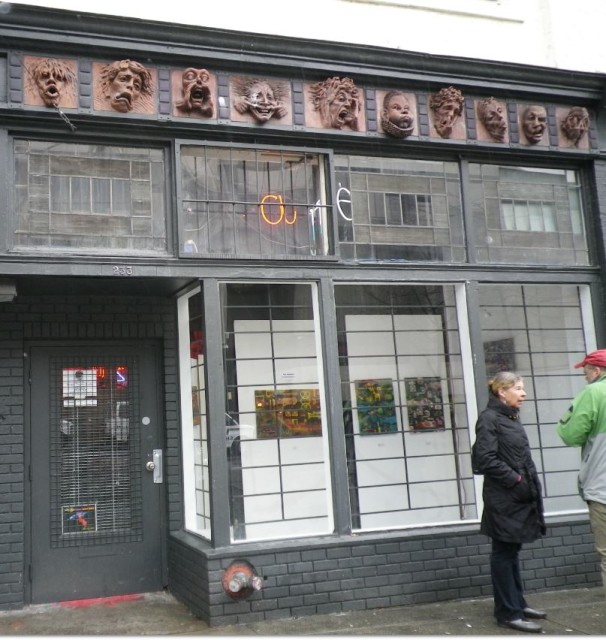
Jeff Burnette, a glass blower, gave us a tour of the studio. Jeff has a huge collection of toy ray guns, which makes sense when you see his art—dozens and dozens of brightly coloured glass ray guns. There are artists working in neon, in clay, cement and plaster. Downstairs are the incredible mosaics and stained glass works of Bruce Walther.
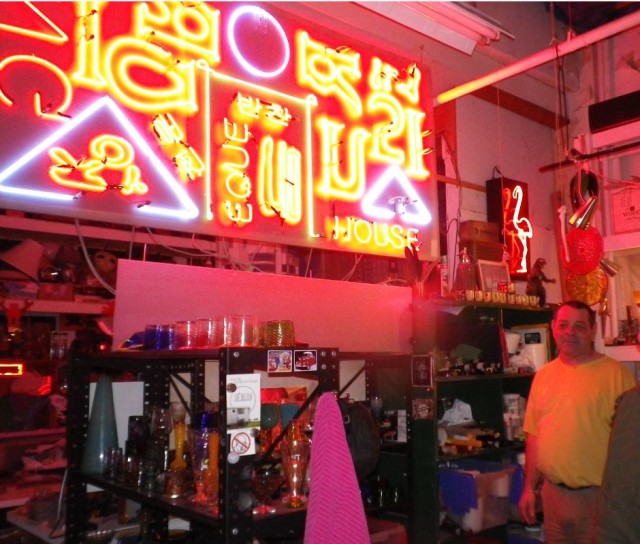
But what was really fascinating was the building’s history.
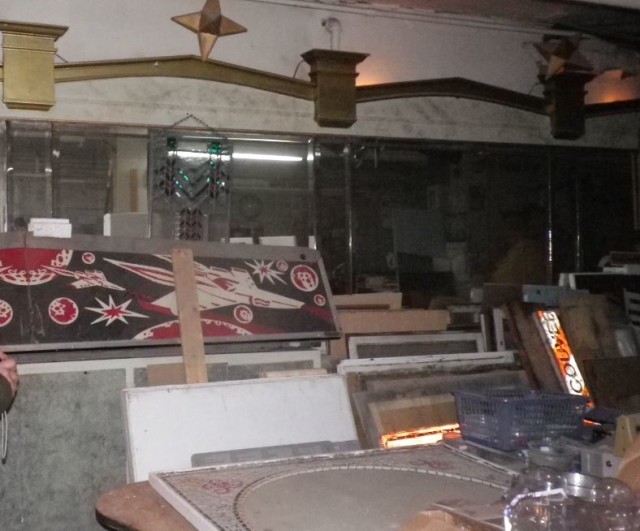
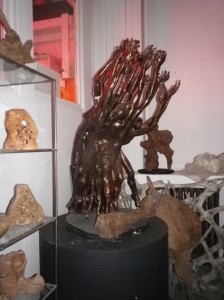
Number 233 Main first appears in the city directories in 1913, the offices of A.M. Asancheyev, real estate agent. Most of the store operators along Main (which changed its name from Westminster Avenue in 1910) were Japanese, and the downstairs was occupied by a series of barbers over the years.
Long before it housed mosaics and signage, the space was a barber shop and bath house. Although about seven decades have gone by since it was used for that purpose, the white tiled floors are still intact, the barber shop mirror is still there and remnants of the bath house remain.
For more on the DTES
© All rights reserved. Unless otherwise indicated, all blog content copyright Eve Lazarus.


